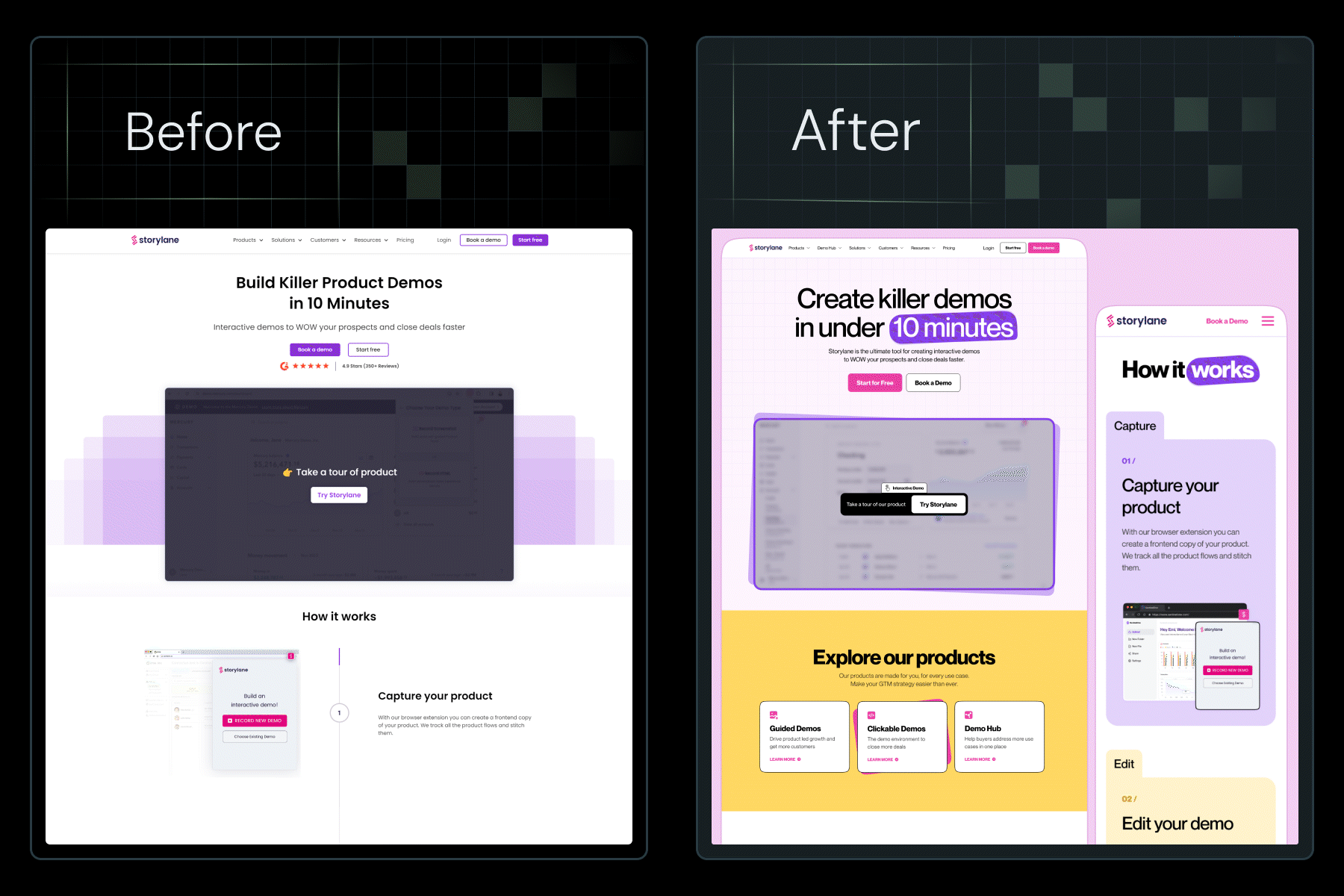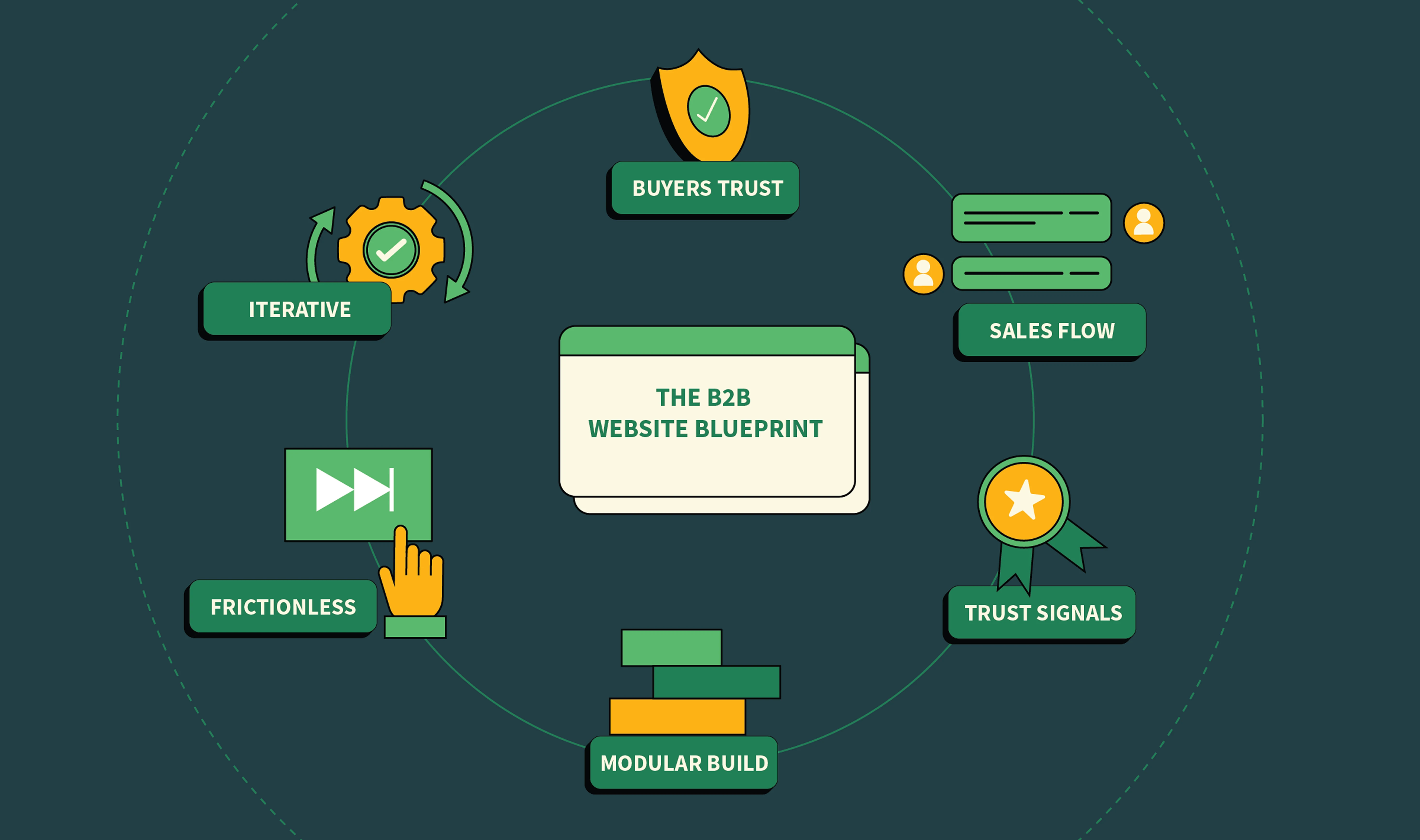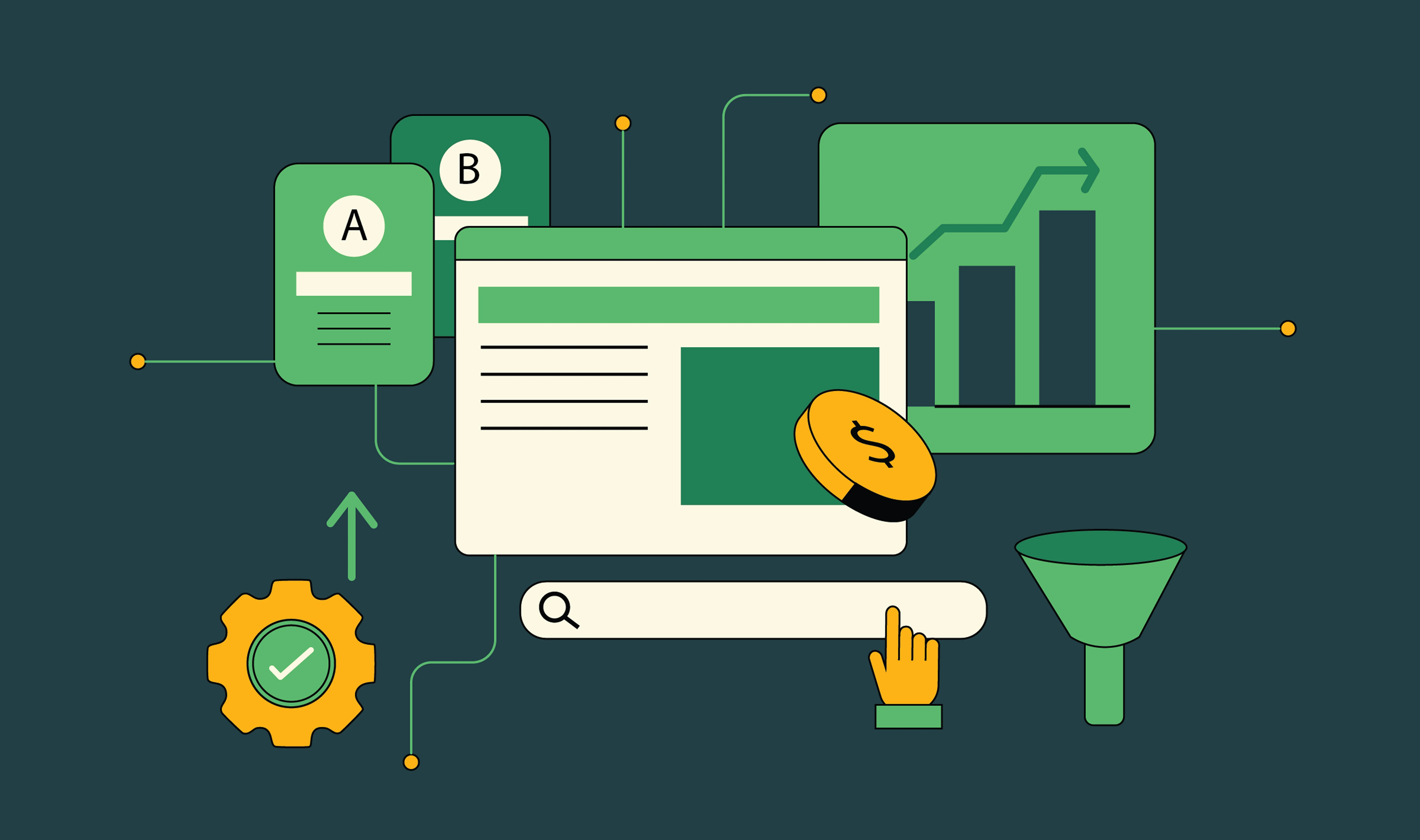Your website is your most powerful sales rep. Is yours converting?
Most B2B websites look visually appealing, but opportunities often slip away with every click. In 2025, smart B2B companies build websites that bring in more leads, faster sales cycles, and ROI. This guide shows you exactly how to do it.
At ThunderClap, we’ve rebuilt 129+ B2B websites for SaaS, fintech, and enterprise tech companies. We don’t just make sites look good. We make them convert. Every design decision must answer one question: Will this help engage the user?
Here’s your complete playbook for B2B Web Design in 2025, no fluff, just proven strategies that work.
Chapter 1: Why Most B2B Websites Fail
B2B Buyers Changed. Your Website Didn’t.
B2B buyers complete 67% of their research before they talk to sales. They expect experiences, even when buying enterprise software. They bounce in 5 seconds if your value isn’t crystal clear.
Most B2B websites still treat visitors like they have infinite time to decode corporate speech. They don’t.
The 3 shifts killing traditional B2B web design:
Research Independence: Buyers educate themselves online. Your website must answer every question they have, or they’ll find a competitor who does.
Mobile-First Behavior: Over 60% of B2B research happens on phones. If your site breaks on mobile, you lose the sale.
Speed: One-second delays kill 7% of conversions. B2B buyers won’t wait for slow sites.
The Conversion-First Tactic
At ThunderClap, we approach every B2B Web Design project with one obsession: conversion. Pretty pictures don’t pay the bills. Pipeline does.
Clarity beats creativity. Your homepage hero should explain what you do in 5 seconds, not win design awards.
Speed beats spectacle. We choose fast-loading solutions over animations that make visitors wait.
Data beats opinions. We test everything. Every headline, every button, every form field gets optimized based on user behavior.
“We used to design around visuals first. Now we start every project with conversion metrics,” explains Ayush Barnwal, Team Lead at ThunderClap. “If a design doesn't have a pilot leads, it doesn’t make the cut.”
This isn’t just web design. It’s revenue optimization.
Chapter 2: The 8 B2B Web Design Best Practices That Actually Work
1. Build Your Message Architecture First
Most companies start with pretty mockups. Smart companies start with messaging that converts.
Your homepage must answer three questions in 5 seconds:
- What do you do?
- Who do you help?
- What happens next?
Bad example: We leverage cutting-edge AI to optimize enterprise workflows.
Good example: Cut your manual data entry by 80% in 30 days.
The second headline tells you exactly what you get and when you get it. The first one says nothing useful.
💡Pro tip: Use the 5-second test. Show your homepage to someone for 5 seconds. If they can’t explain your business, rewrite your headline.
Related read: Find a few good b2B website design examples here
2. Design for Multiple Decision Makers
B2B purchases involve 6-10 people. Your website must speak to all of them.
- Technical buyers want specs, integrations, and performance data.
- Business buyers want ROI, case studies, and competitive advantages.
- Procurement teams want pricing, contracts, and vendor information.
Create distinct paths for each audience. Use role-based navigation, targeted content, and persona-specific CTAs.
Example: Atlassian’s homepage lets visitors choose their role (Product Manager, Developer, etc.) and shows relevant content for each.
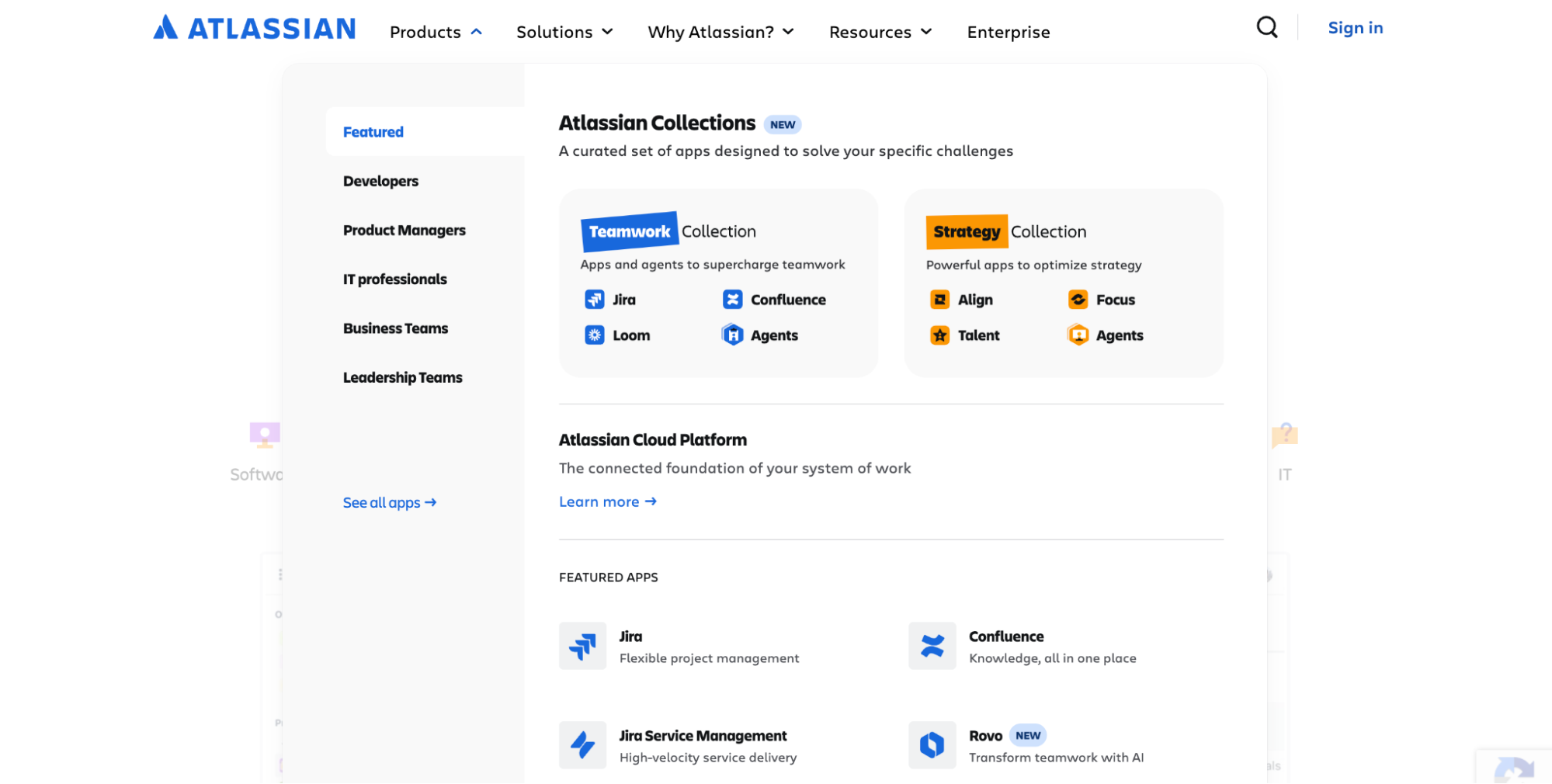
3. Speed Up Everything
Fast sites convert better. Period. Target these benchmarks:
- Page load time under 2 seconds
- Core Web Vitals are in the green
- Mobile speed matches desktop

How we do it at ThunderClap:
- Choose Webflow’s global CDN over slow WordPress hosting
- Optimize images with next-gen formats (WebP, AVIF)
- Load critical content first, everything else second
- Test speed on mobile networks, not just wifi
4. Make Mobile the Priority
Over half of B2B research happens on mobile. Design for thumbs, not mice. Mobile-first B2B Web Design means:
- Navigation works with one thumb
- Forms have large, tappable fields
- CTAs stay visible while scrolling
- Content loads fast on 4G networks
Example: Monday.com’s mobile site keeps the main CTA sticky at the bottom. Users can book a demo without scrolling back to the top.
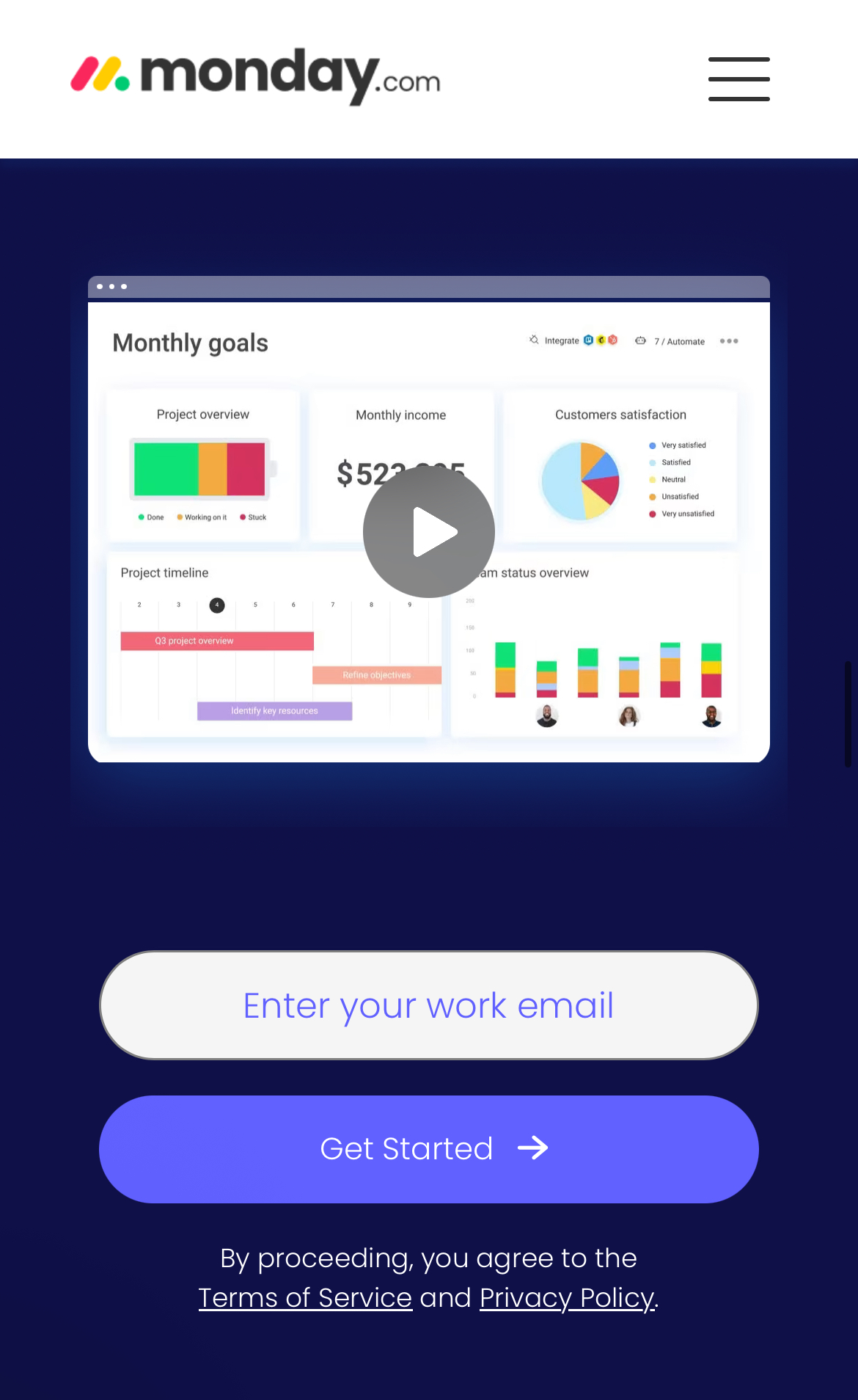
5. Show Proof, Not Promises
B2B buyers are skeptical. They’ve been burned by vendors who overpromise and underdeliver.
Three types of proof that convert:
Logo walls: Show recognizable customer brands above the fold.
Metric-driven testimonials: Increased MQLs by 40% in 3 months beats ‘Great product!’
Detailed case studies: Show the problem, solution, and specific results with real numbers.
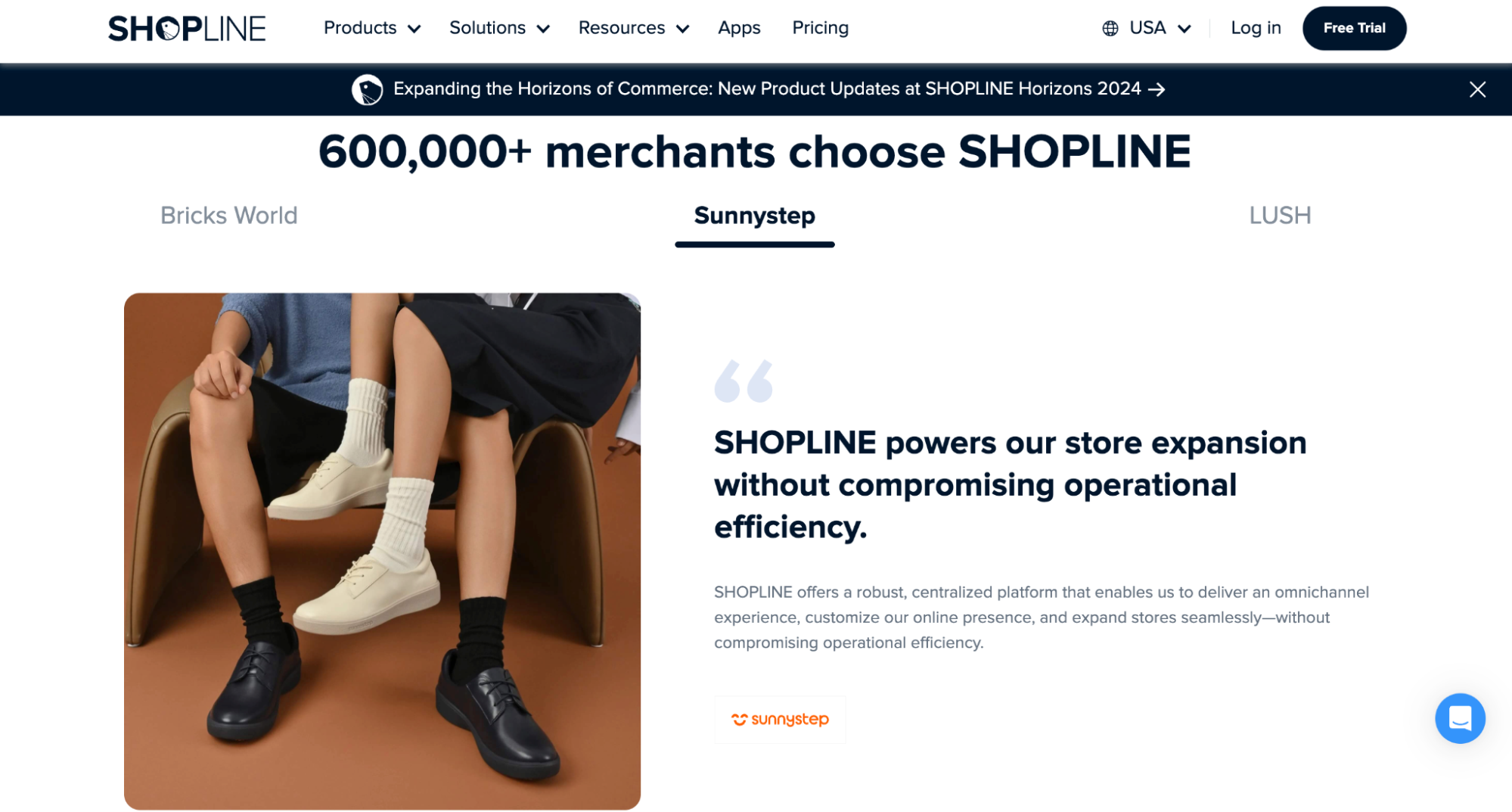
💡Pro tip: Use industry-specific proof. Show fintech logos to fintech prospects, not generic Fortune 500 brands.
6. Simplify Your Navigation
If visitors can’t find what they need, they’ll leave.
Navigation best practices:
- Keep top-level menu items under 7
- Use clear labels, not clever ones
- Add search for content-heavy sites
- Make contact info easy to find
Example: Segment organizes navigation by audience (Solutions) also than just the internal structure (Products). Visitors find relevant information faster.
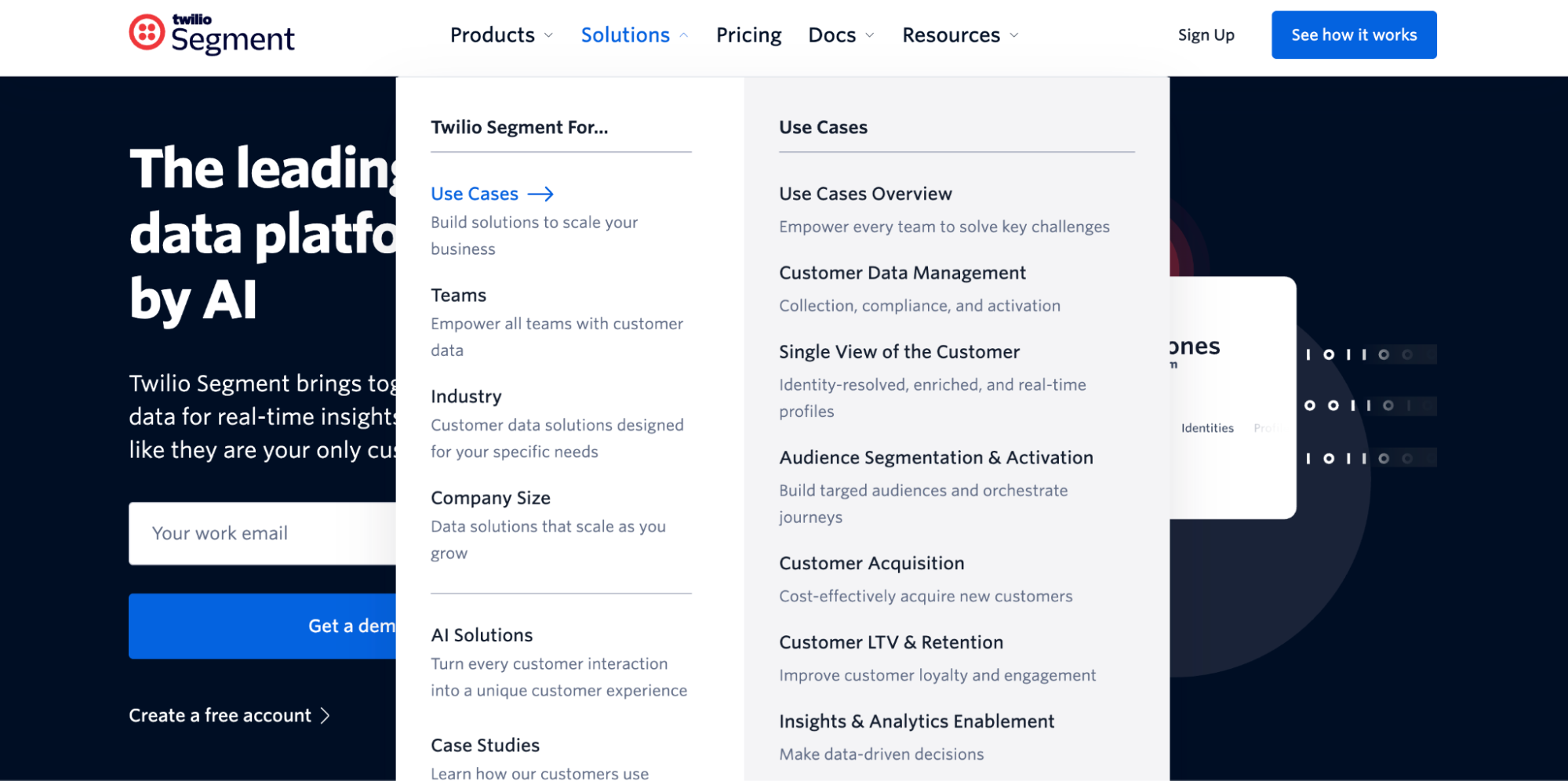
7. Optimize Every Form
Forms are where conversions happen or die. Form optimization rules:
- Ask for less information upfront
- Use single-column layouts
- Add helpful error messages
- Test mobile form completion
Example: Apollo.io’s signup form asks for just an email address. They collect more details after users see value in the product.
Anisha, Art Director, notes: “Reducing form fields from five to two often boosts conversions for SaaS clients.”
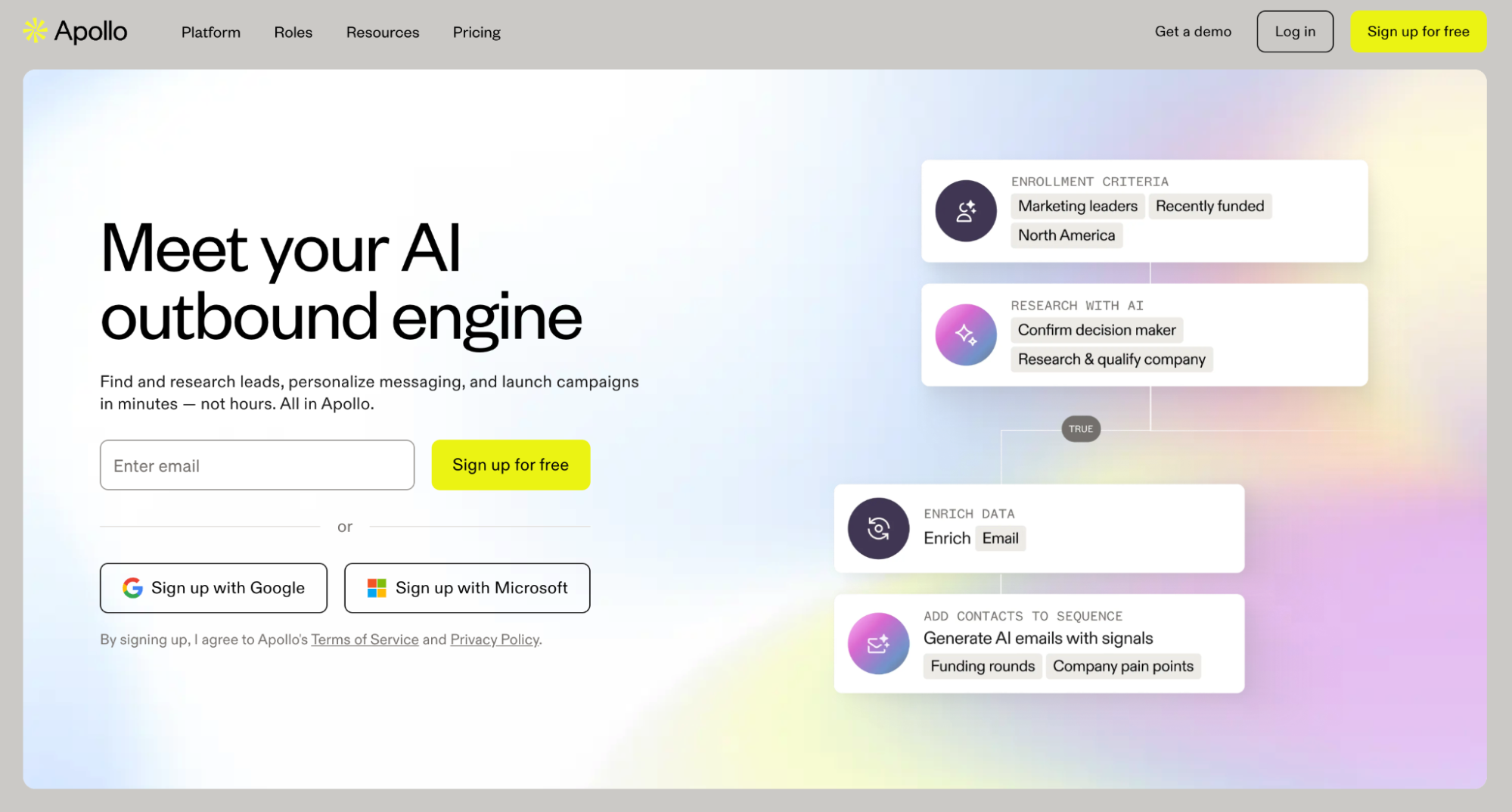
8. Design for Conversion Paths
Every page should guide visitors toward the next logical step. Conversion path strategy:
- Homepage → Product pages → Demo request
- Blog post → Resource download → Email nurture → Sales call
- Pricing page → Free trial → Onboarding → Paid plan
Map out these paths before you design anything. Every page needs a clear next step.
Related read: See how top brands balance performance, scalability, and user experience at scale
“Before we touch a single design file, we define your product’s marketing angle through a rigorous discovery process that aligns your unique value proposition with your buyers’ most urgent needs,” says Ragini Ramanathan, Creative Director.
Chapter 3: Why Webflow Dominates B2B Web Design in 2025
WordPress, Drupal, and custom development create bottlenecks between your marketing team and your website. Want to update a headline? Submit a dev ticket. Need a new landing page? Wait two weeks.
B2B companies need to build pages as fast as campaigns need them.
{{specficService}}
At ThunderClap, we chose Webflow because it lets us move fast without breaking things. Our clients can update content, launch campaigns, and optimize conversions in real-time.
Scale Without Rebuilds
Growing B2B companies need websites that grow with them. Webflow’s modular architecture makes this seamless.
Component libraries: Build once, reuse everywhere. Create consistent landing pages, product sections, and testimonial blocks.
Multi-site management: Run multiple brands, regions, or product sites from one dashboard.
Design systems: Maintain brand consistency across all digital properties with experimentation.
Chapter 4: Performance That Enables Conversions
Security and Compliance Build Trust
B2B buyers evaluate your security before they evaluate your product. Enterprise-grade security isn’t optional.
Security essentials:
- SSL certificates (HTTPS everywhere)
- GDPR compliance for global markets
- SOC 2 compliance for enterprise sales
- Regular security audits and updates
Chapter 5: Content Strategy to Educate and Convert
SEO-Driven Content
Your website should own every search term your buyers use to research solutions.
Content strategy framework:
- Map buyer journey stages to content types
- Create pillar pages for major topics
- Link related content to build topical authority
- Optimize for buyer-intent keywords, not just traffic
Educational Content That Qualifies
The best B2B content educates prospects while moving them toward purchase decisions.
Content types that convert:
- ROI calculators that quantify your value

- Comparison guides that highlight your advantages
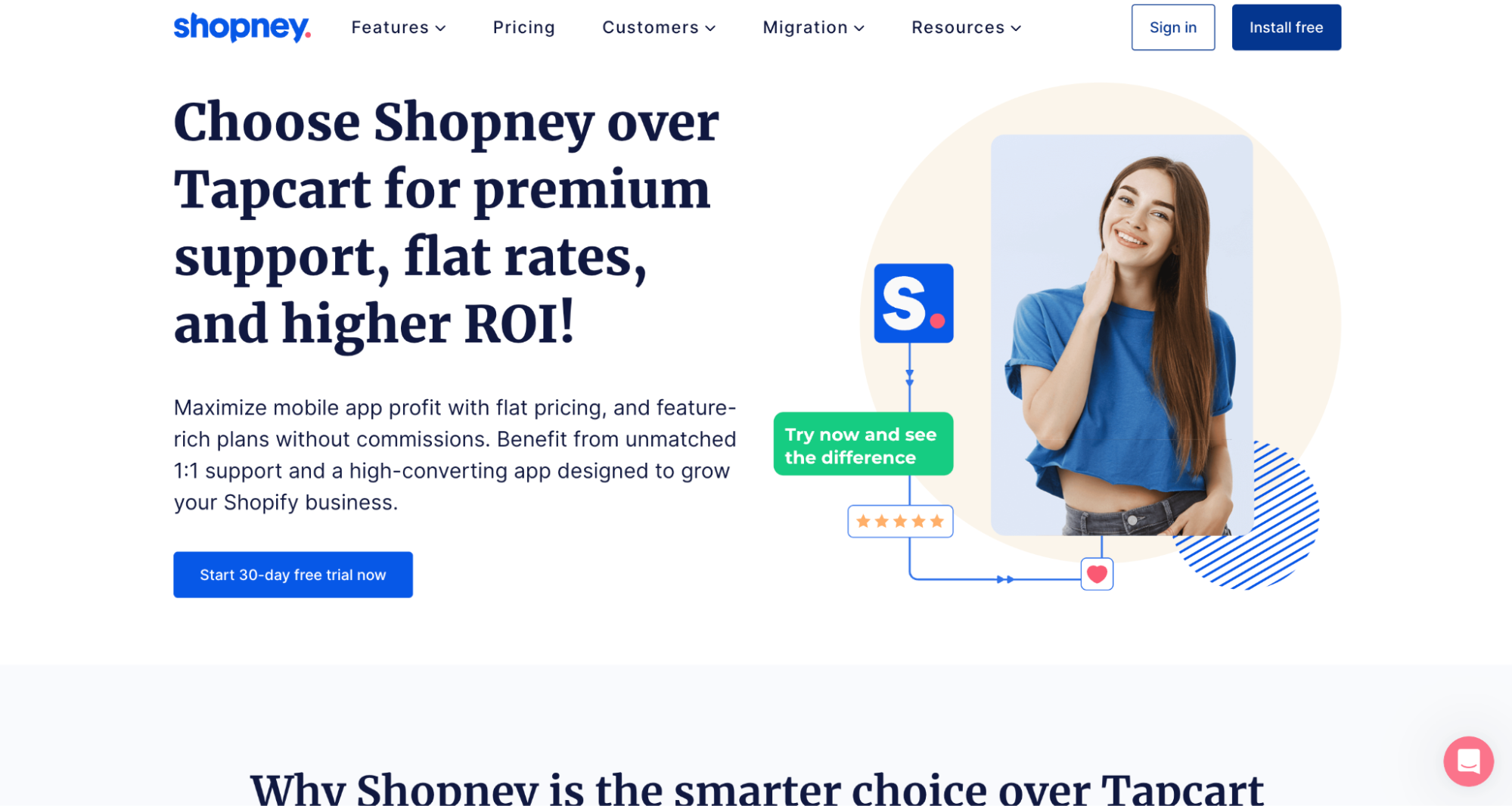
- Implementation guides that show ease of use
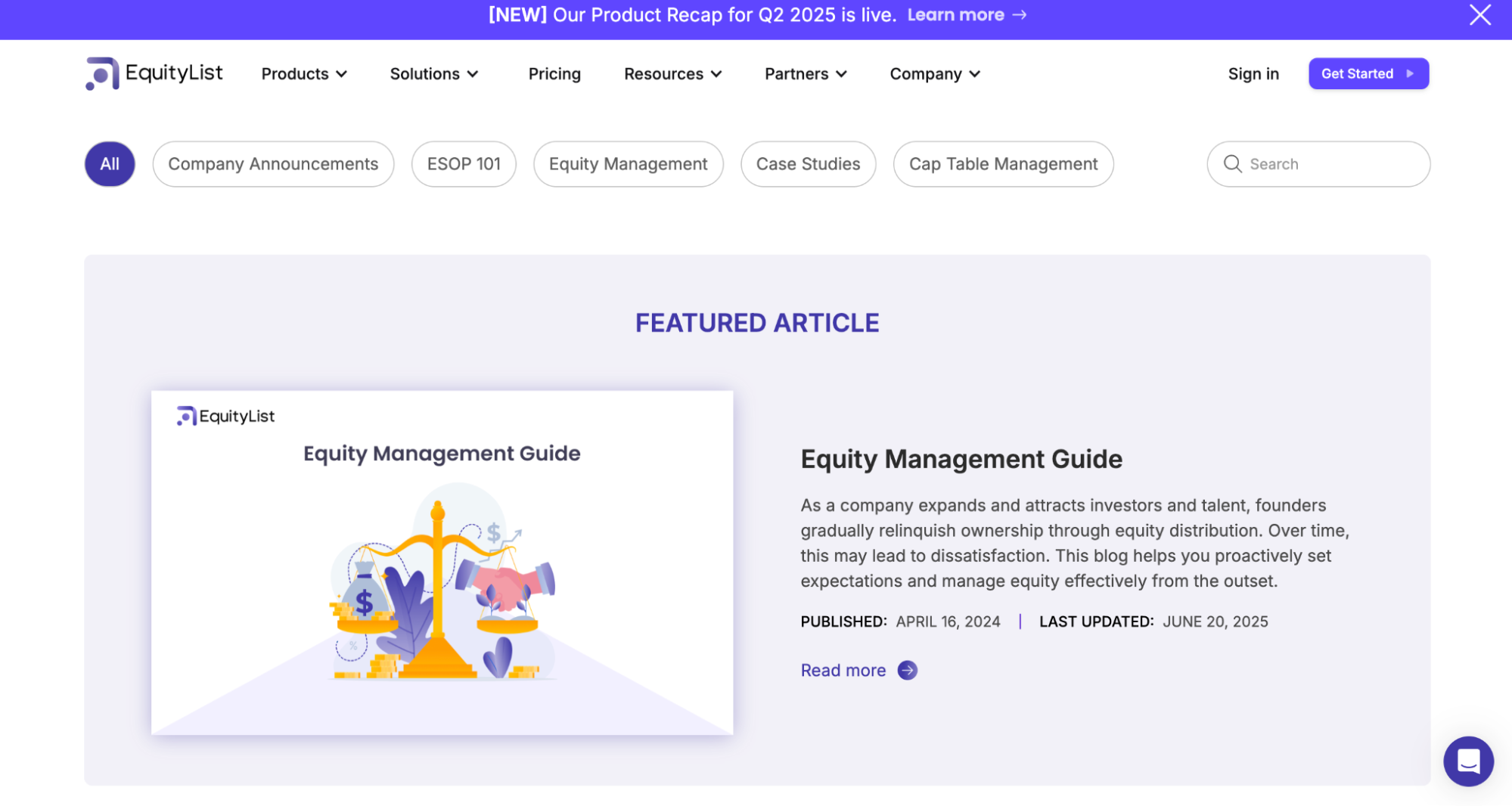
- Case studies with specific, measurable results
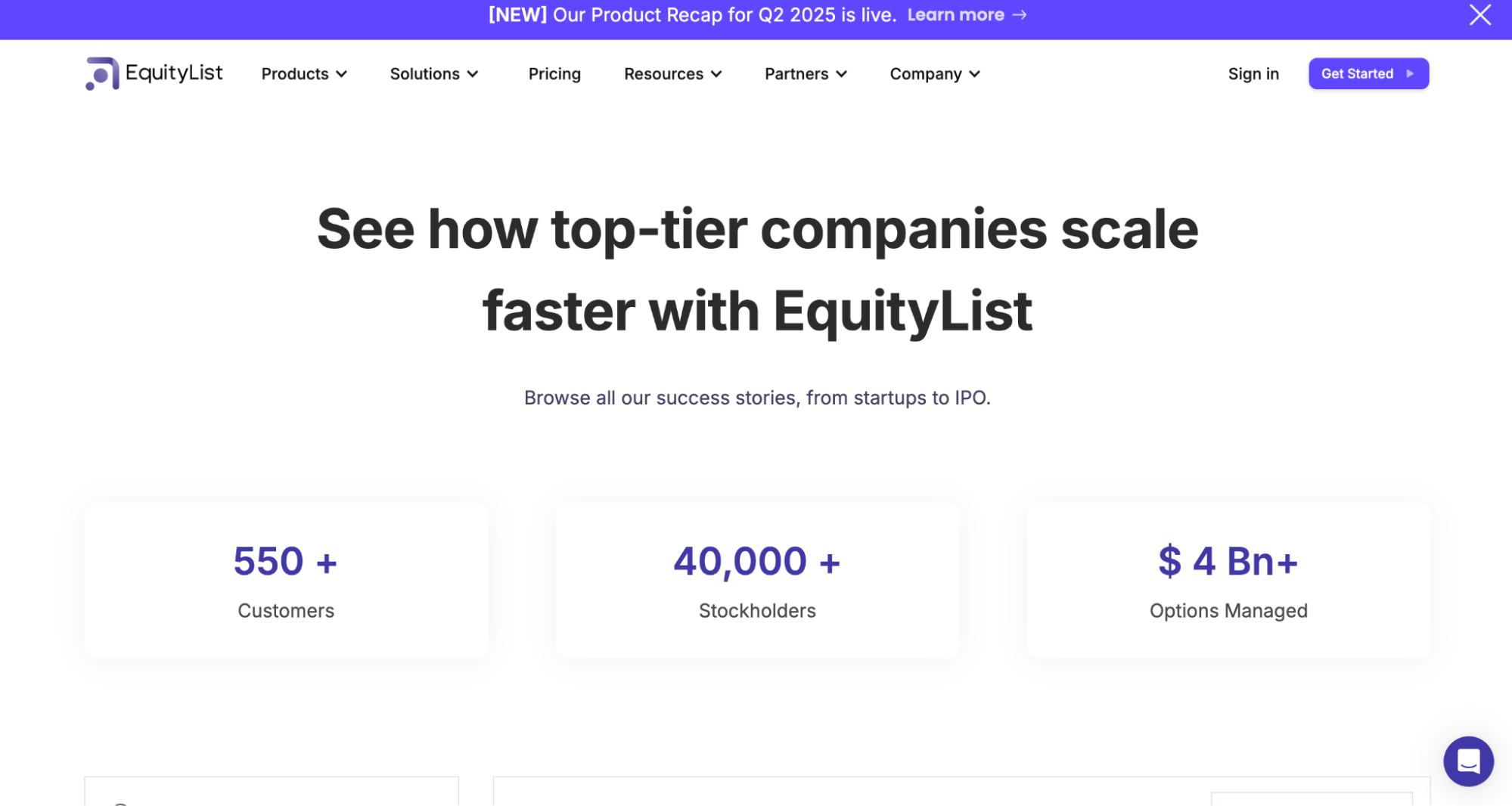
Industry-Specific Optimization
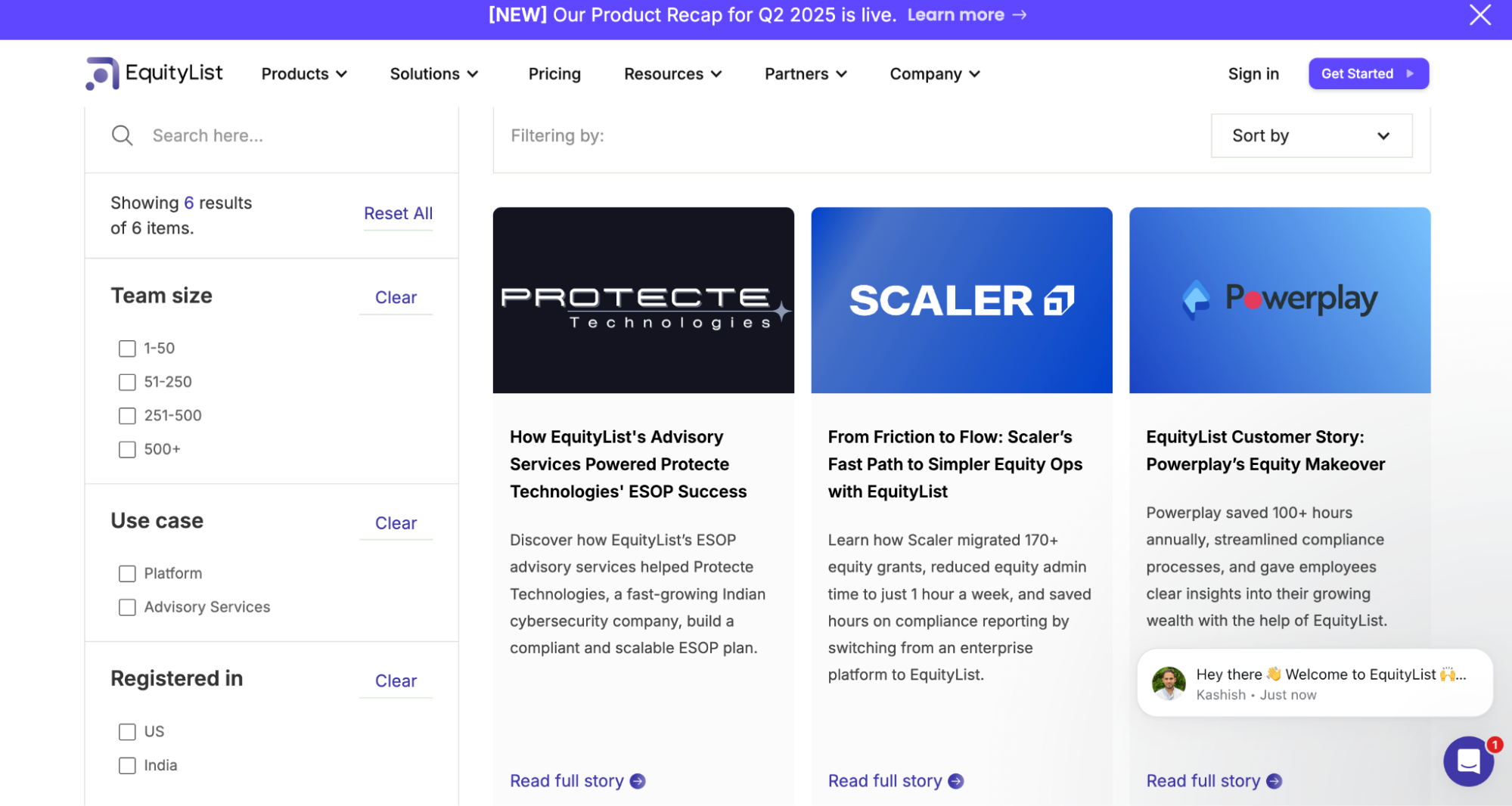
Generic content gets ignored. Specific content gets shared, bookmarked, and referenced in buying decisions.
- Create content for specific verticals (fintech, healthcare, manufacturing)
- Address pain points and regulations
- Show customer success stories
- Speak the language of each industry
Chapter 6: Systematic Conversion Optimization
Testing Frameworks
Conversion optimization is not guesswork. It is systematic experimentation based on data.
Testing priorities:
- Headlines and value propositions
- CTA copy and button colors
- Form lengths and field types
- Page layouts and content order
B2B-Specific Metrics
Track metrics that connect to revenue, not just vanity numbers.
- Marketing Qualified Lead (MQL) conversion rate
- Demo request conversion rate
- Content engagement depth
- Return visitor progression through funnel
- Track multi-touch buyer journeys
- Connect website behavior to closed deals
- Measure long-term customer value by traffic source
- Identify the highest-converting content and pages
Behavioral Analytics for Optimization
Numbers tell you what happened. Behavior tells you why.
- Heatmaps show where visitors look and click
- Session recordings reveal friction points
- Form analytics identify abandonment causes
- Scroll tracking measures content engagement
{{specficBlog}}
Chapter 7: Building Systems That Scale
Create once, use everywhere. Design systems let you build consistent experiences while moving fast.
Design system components:
- Hero sections with proven layouts
- Testimonial blocks with consistent formatting
- CTA buttons optimized for conversion
- Form templates tested across devices
Multi-Brand Management
Growing B2B companies often manage multiple brands, products, or regions. Your website architecture should handle this. Scalable website strategy:
- Shared component libraries across properties
- Centralized content management
- Consistent performance optimization
- Coordinated SEO strategy
Integration Ecosystem
Your website should work seamlessly with your entire marketing and sales stack.
- CRM (HubSpot, Salesforce) for lead management
- Marketing automation for campaigns
- Analytics (Google Analytics, Mixpanel) for optimization
- Chat tools (Intercom, Drift) for real-time engagement
Chapter 8: Advanced Features That Differentiate
Interactive Tools
Static brochure sites get ignored. Interactive tools get bookmarked and shared. Interactive content ideas:
- ROI calculators that show your value
- Assessment that qualifies prospects
- Product configurators for solutions
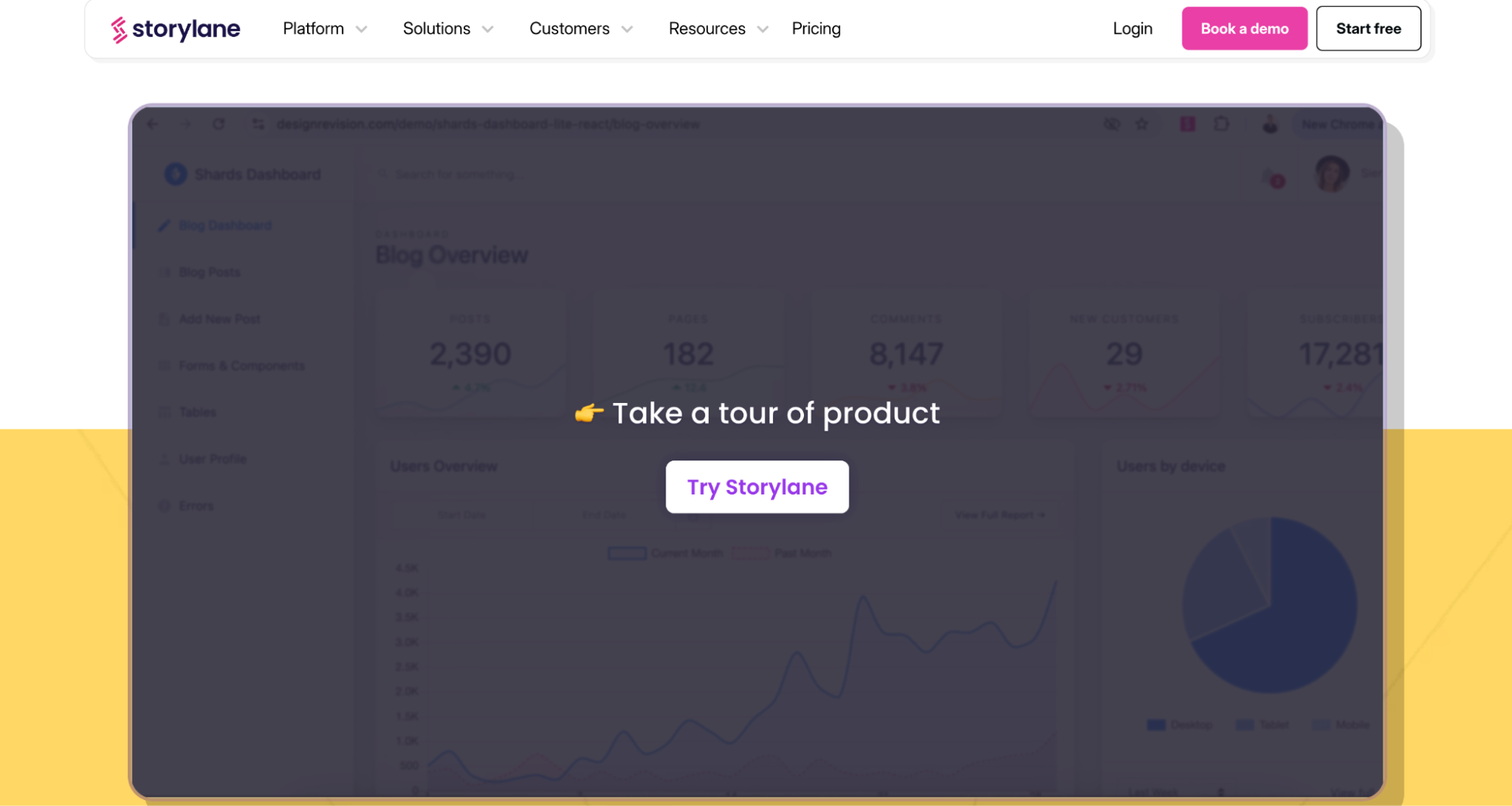
- Comparison that highlights advantages
Video and Rich Media Strategy
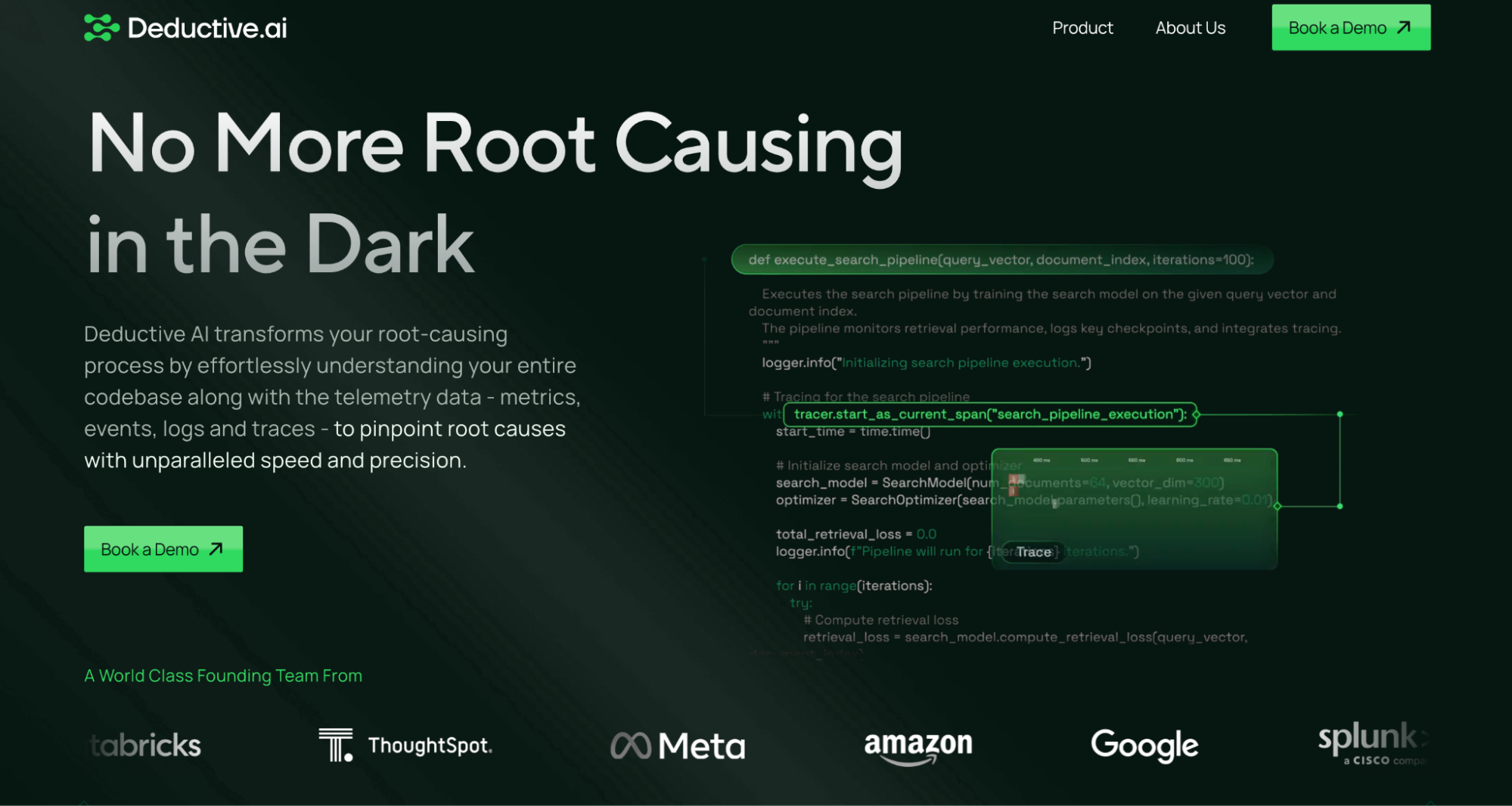
Video explains B2B solutions better than text. Use it strategically. Video content that converts:
- Product demos
- Customer testimonials
Sales and Marketing Alignment
Your website should enable your sales team, not create more work for them.
- Lead scoring based on website behavior
- Alerts for high-intent activities
- Content consumption history for sales calls
- Direct meeting booking with available reps
Finale: Implementation
Project Planning That Prevents Failures
66% of B2B web projects fail due to poor planning. Don’t be a statistic.
Project success framework:
- Stakeholder alignment workshops before design starts
- User journey mapping with sales team input
- Content strategy before visual design
- Performance benchmarks and success metrics
Team Skills for Modern B2B Web Design
Building high-converting B2B websites requires diverse skills.
- Analytics and data interpretation
- Conversion optimization and testing
- Content strategy and creation
- Technical SEO and performance optimization
KPIs That Connect to Revenue
Track metrics that matter to your business, not just your marketing dashboard.
- Lead volume and quality scores
- Demo and consultation requests
- Content engagement depth and progression
- Customer acquisition cost by traffic source
- Page speed and Core Web Vitals
- Mobile user experience scores
- Search visibility for buyer-intent keywords
- Customer satisfaction and feedback scores
Your 2025 B2B Web Design Action Plan
The companies that dominate B2B markets in 2025 will have websites that work as hard as their sales teams. They’ll choose performance over pretty pictures, conversion over creativity, and systematic optimization over set-it-and-forget-it approaches.
Your priorities:
Design for your buyers who research on mobile, demand fast experiences, and expect valuable content.
Build conversion systems that guide visitors from initial interest through qualified leads to closed customers.
Optimize continuously through systematic testing, measurement, and improvement rather than periodic redesigns.
Integrate everything so your website works seamlessly with your sales and marketing processes.
The investment in modern B2B Web Design Best Practices pays dividends through better lead quality, shorter sales cycles, and higher conversion rates across all marketing channels.
Companies that implement these strategies see improvements in pipeline quality, sales velocity, and revenue growth.
Ready to Build a Website That Drives Revenue?
Reading about B2B Web Design best practices is one thing. Implementing them effectively is another.
At ThunderClap, we specialize in recharging underperforming B2B websites into revenue-generating systems. We work exclusively with ambitious B2B companies, SaaS platforms, fintech innovators, and enterprise tech providers, who understand their website should be their most effective sales asset.
{{ctaBlock}}
Our proven approach:
Discovery: We research your buyers, competitors, and business goals before we touch any design tools.
Conversion-Focused Design: We prioritize user experience and conversion optimization over winning design awards.
Modern Tech: We build on Webflow so you can iterate fast without technical bottlenecks.
Ongoing Optimization: We provide continuous testing and improvement services that compound results over time.
Whether you’re planning a complete rebuild or optimizing your current site, we can help you implement these strategies for lead generation and revenue growth.
Ready to see what systematic B2B Web Design optimization looks like for your company? Book a free strategy session with ThunderClap and discover how our approach can turn your website from a marketing expense into your strongest growth engine.


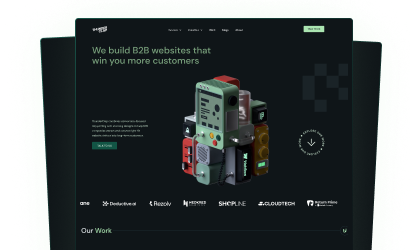

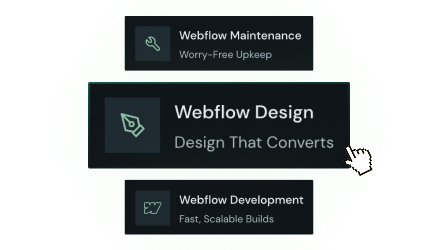
.png)



Interested in seeing what we can do for your website?








